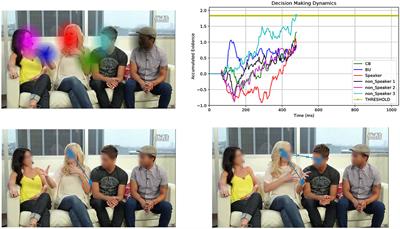EDITORIAL
Published on 08 Feb 2022
Editorial: Active Vision and Perception in Human-Robot Collaboration
doi 10.3389/fnbot.2022.848065
- 3,316 views
- 4 citations
11k
Total downloads
71k
Total views and downloads
EDITORIAL
Published on 08 Feb 2022
ORIGINAL RESEARCH
Published on 23 Nov 2021

ORIGINAL RESEARCH
Published on 23 Nov 2021

ORIGINAL RESEARCH
Published on 09 Sep 2021

ORIGINAL RESEARCH
Published on 11 Aug 2021

ORIGINAL RESEARCH
Published on 09 Jun 2021

ORIGINAL RESEARCH
Published on 16 Apr 2021

HYPOTHESIS AND THEORY
Published on 13 Apr 2021

BRIEF RESEARCH REPORT
Published on 30 Mar 2021

ORIGINAL RESEARCH
Published on 05 Mar 2021

ORIGINAL RESEARCH
Published on 04 Mar 2021

ORIGINAL RESEARCH
Published on 15 Oct 2020

